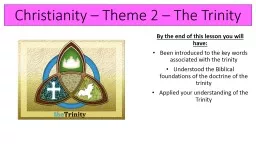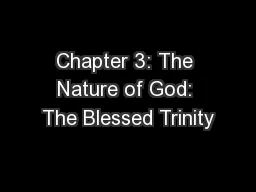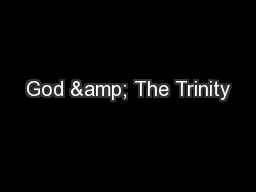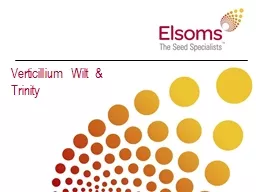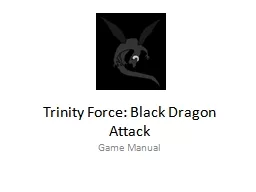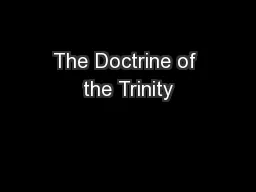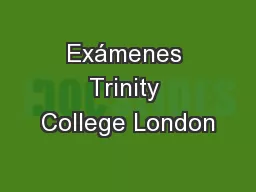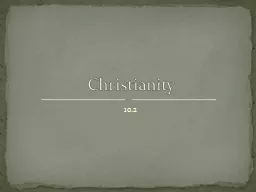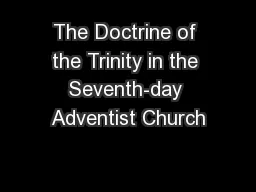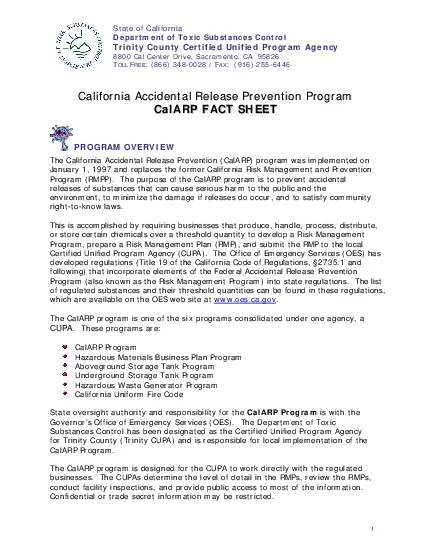PPT-Christianity – Theme 2 – The Trinity By the end of this lesson you will have:
Author : conchita-marotz | Published Date : 2019-11-04
Christianity Theme 2 The Trinity By the end of this lesson you will have Been introduced to the key words associated with the trinity Understood the Biblical foundations
Presentation Embed Code
Download Presentation
Download Presentation The PPT/PDF document "Christianity – Theme 2 – The Trinity..." is the property of its rightful owner. Permission is granted to download and print the materials on this website for personal, non-commercial use only, and to display it on your personal computer provided you do not modify the materials and that you retain all copyright notices contained in the materials. By downloading content from our website, you accept the terms of this agreement.
Christianity – Theme 2 – The Trinity By the end of this lesson you will have:: Transcript
Download Rules Of Document
"Christianity – Theme 2 – The Trinity By the end of this lesson you will have:"The content belongs to its owner. You may download and print it for personal use, without modification, and keep all copyright notices. By downloading, you agree to these terms.
Related Documents

